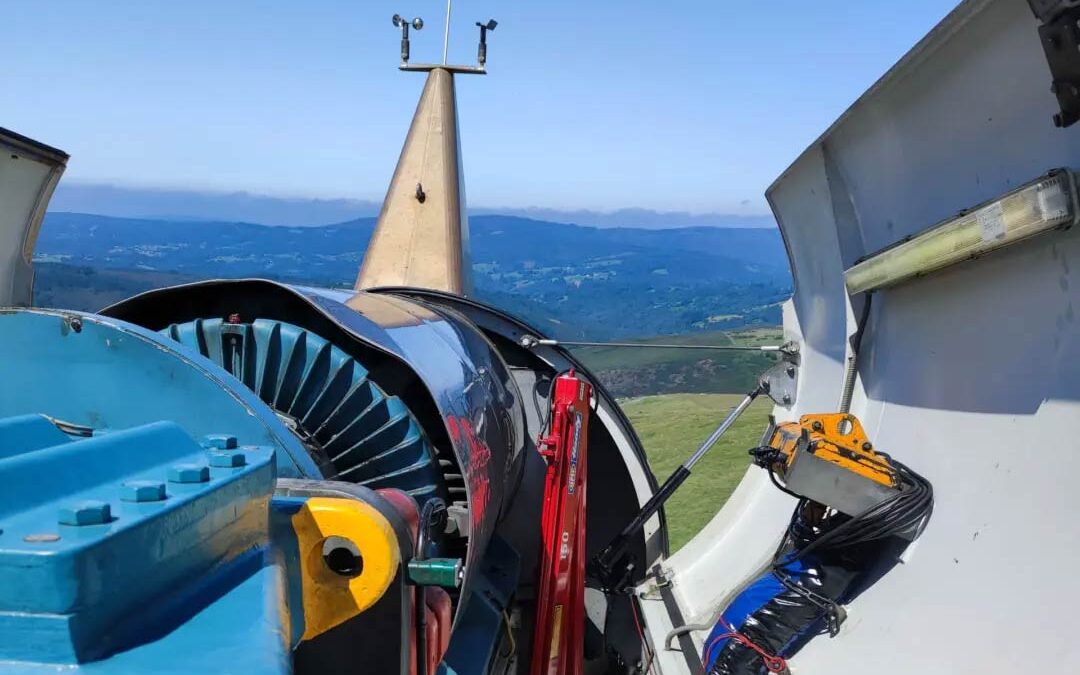The design of wind turbines is nowadays as iconic as it is practical. The very image of the wind energy industry, these machines are optimized to harness the kinetic energy of the wind and transform it into electrical energy, supplying thousands of homes.
However, this design complicates the work inside them, and for a person without the proper training, the multiple risks present can have serious consequences. In case of an accident, due to the fact that wind plants are increasingly isolated and emergency services may take time to arrive, it is necessary for workers to know how to act to safeguard their safety and that of their colleagues.
What is the ART standard?
The Advanced Rescue Training (ART) standard was created to meet the demand for standardized and high-quality training in the field of wind energy rescue.
For its development, accident and incident statistics as well as risk assessments in the installation, service, and maintenance of wind turbines and wind farms were used. This information is collected with the aim of providing the necessary training to mitigate risks and know how to act in possible accidents in these facilities.
What modules make up the ART standard?
To cover the different possible rescue situations in a wind turbine, the ART standard is divided into the following modules:
- Hub, rotor, and blade rescue
- Nacelle, tower, and basement rescue
- Individual hub, rotor, and blade rescue
- Individual nacelle, tower, and basement rescue
Each of these modules aims to train students to perform rescues in the corresponding areas, jointly or individually, using rescue equipment, methods, and techniques superior to those developed in the Working at Heights (WAH) module of the BST. The first two modules are valid for 24 months, while the two individual rescue modules are valid permanently.
For a complete training, these modules are usually taught together in the Combined Advanced Rescue Training. This combined module allows workers to train to carry out rescues in any circumstance that may arise in the wind turbine.”
Why get an ART accreditation?
In 2020, training according to the ART standard grew exponentially worldwide. These modules are increasingly in demand because they provide their students with the techniques and skills necessary to reduce the risk for all workers in a wind turbine in an emergency. Knowing possible hazards and how to act also helps to prevent risks, to avoid a rescue situation. An environment in which workers have the proper training will always be a safer environment.
Would you like to obtain the ART accreditation? Contact us through our web form to find out about our next call.
